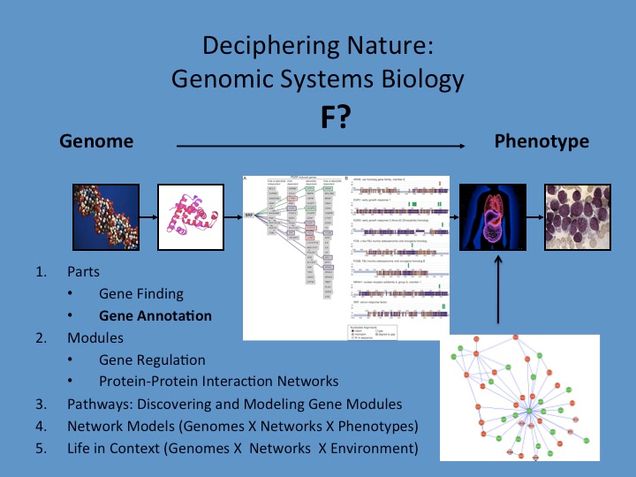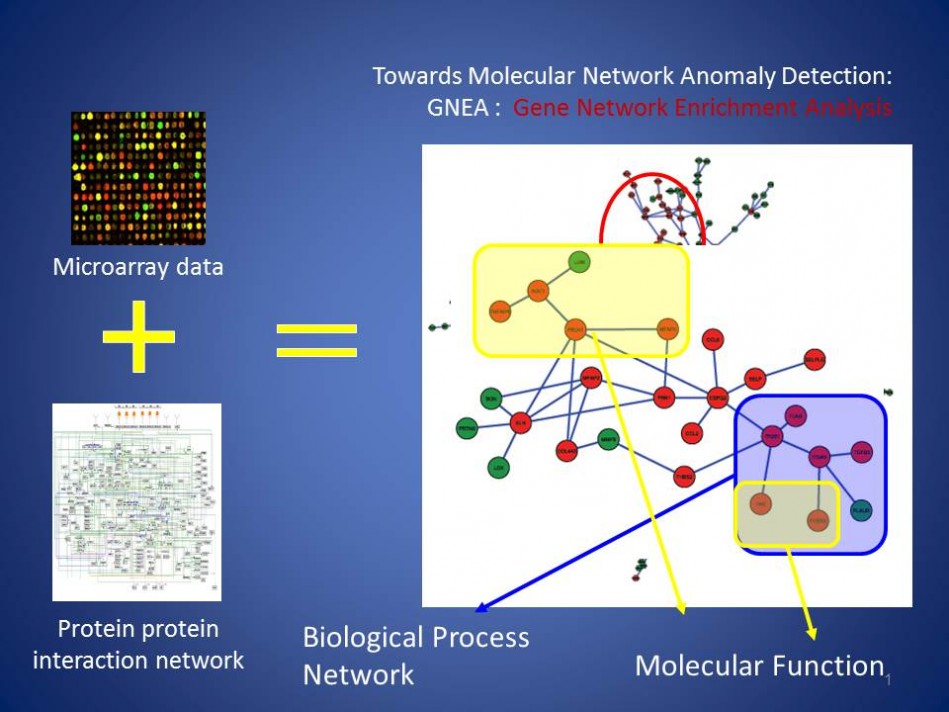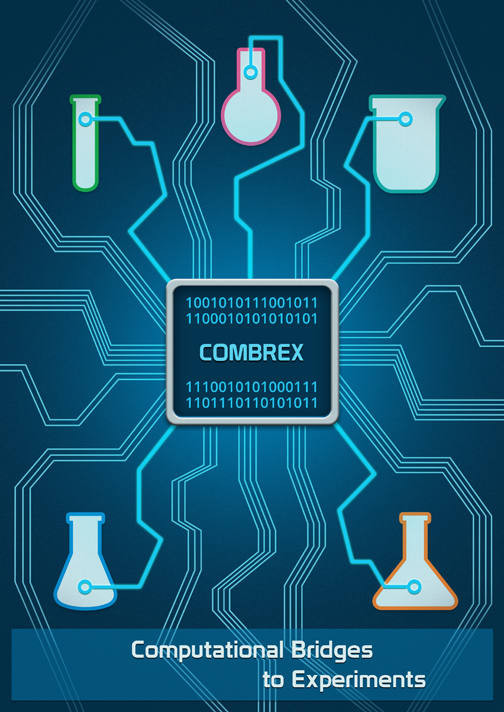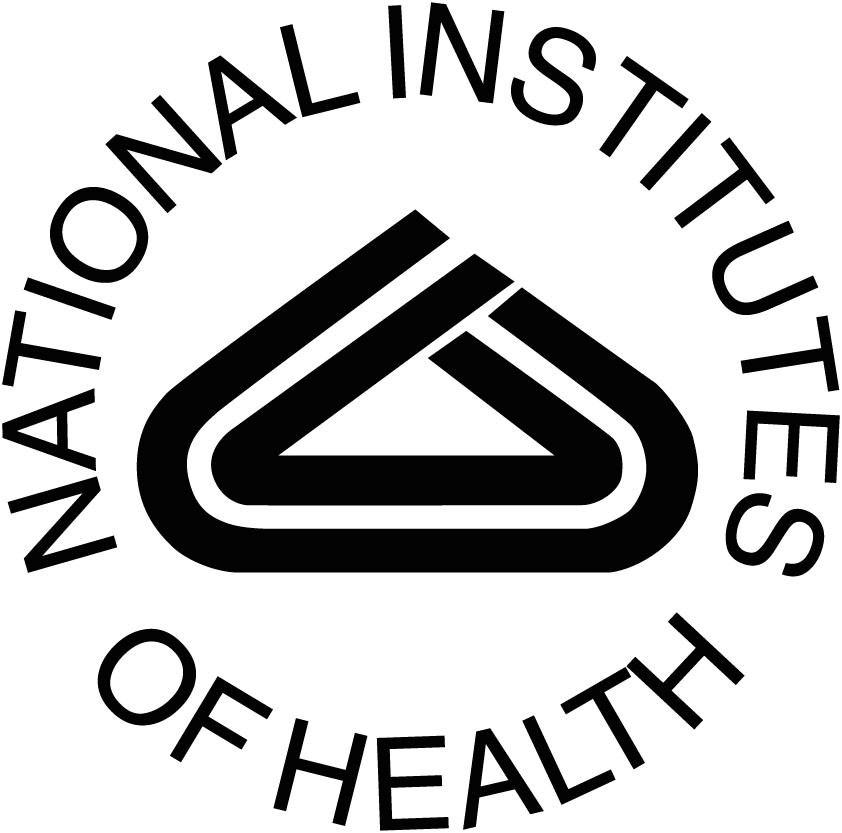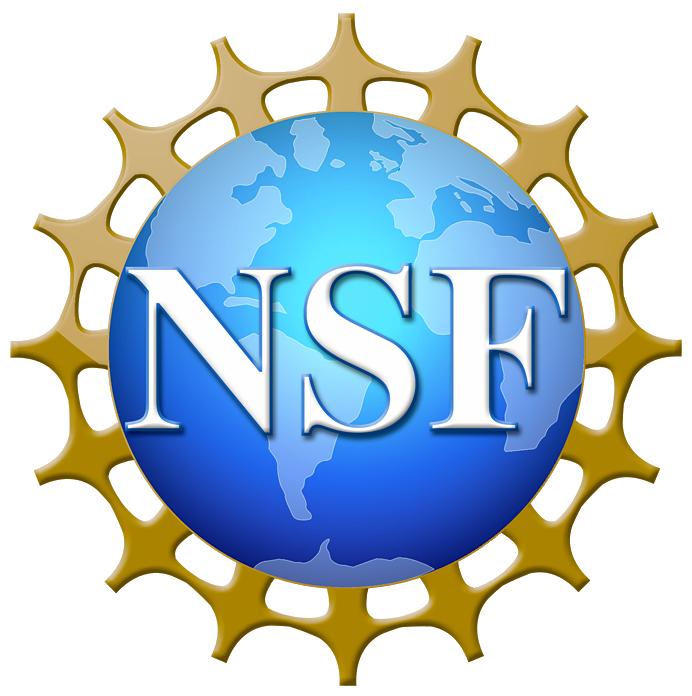(2AI2BIO)* Group (Former Genomic Systems Biology Laboratory)
(2AI2BIO)*: Bridges from Artificial Intelligence to Understanding and Reprograming Biology
The * is a classic notation in Chomsky Grammars and means repeat — 2AI2BIO2AI2BIO…..
Simon Kasif (Laboratory Director)
CV
Time Table of Significant Work
Selected Unusual Projects and Stories from Group Members
We are fully committed to deploying AI responsibly and safely in the service of social justice, inclusion, fairness, reducing social inequalities and diversity.
To dream is easy, to build is harder, to dream and build is the hardest
While we have deep and equal respect to all forms of innovation, we tend to focus on radical or early innovation and/or “extreme collaboration”. Few selected examples of such collaborative innovations members of our group were fortunate to contribute to (in collaboration with amazing colleagues around the world) are listed below. Details of these projects are available on the Time Table.
-
The first parallel logic programming AI system that was actually implemented on a parallel machine (early 1980s).
-
The first scalable open access and widely used decision tree machine learning (AI) system using randomization (early 1990s)
-
Graphical AI Models for Biology (1992-)
-
Early and really rudimentary Generative AI methodologies for Computational Biology based on graphical models – a step towards using AI for Synthetic Biology
-
Human-Centered AI systems initiative at NSF (mid 1990s).
-
Limited memory learning (among the very early papers that led to streaming) .. 1990.
-
Learning with a Helpful Teacher (very early 1990-s).
-
Widely used and first whole genome microbial comparison and analysis system (mid 1990s)
-
Widely used microbial gene finder with exceptional accuracy using AI methods (mid-late 1990s)
-
Human Genome Project: Initial Draft (1999-)
-
Very early experimental validation of regulatory network predictions in human cancer cells.
-
Network propagation based gene function prediction using AI methods (early 2000-s)
-
Network Based Anomaly Detection for Disease Identification with a focus on Metabolic Diseases, Diabetes and Aging (mid 2000)
-
AI based guidance of community experiments to test gene function : The COMBREX PROJECT (2003-)… a marriage of AI and Amazon Turk.
-
Biological Context Networks (2004-)
-
Combinatorial Experiment Design with Application to Liquid Biopsy (2002-)
-
One of the earliest large scale experimental validation of machine learning based regulatory network prediction in bacteria (2007).
-
One of the earliest Drug Side Effects Detection on Twitter using AI.
-
Tracing AI Predictions to Experimental Sources (2008, 2020-)
-
Artificial Tikkun Olam POV (review and early analysis of AI opportunties and AI risks with some solutions 2018-)
-
Transforming Biology with AI (2020-)
-
APPs
Anti-war Ukraine
Simon Kasif (Laboratory Director)
CV
Time Table of Significant Work
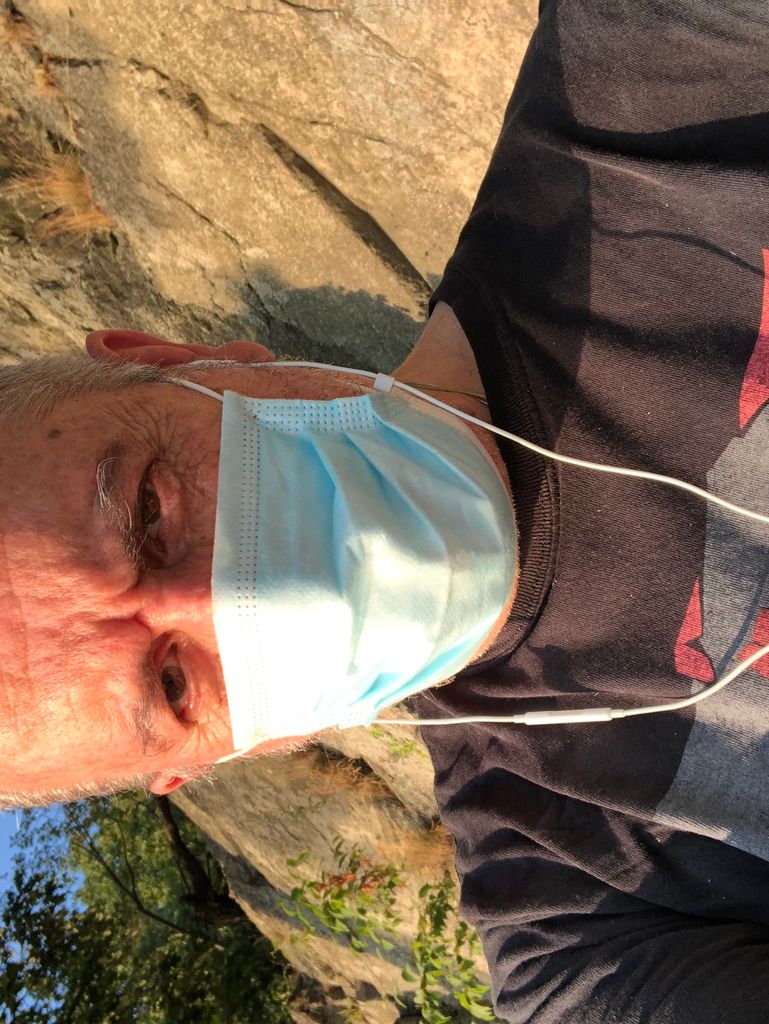
Nature is sending another wake-up call. We must listen!
Principal Investigator – Selected Work Highlights and Lessons — in construction)
We love and appreciate all animals but our favorite “non-model organism” that we NEVER study, just love and treat as family are dogs :
If we needed more proofs that a serious action is needed here is one.
More dogs pictures.
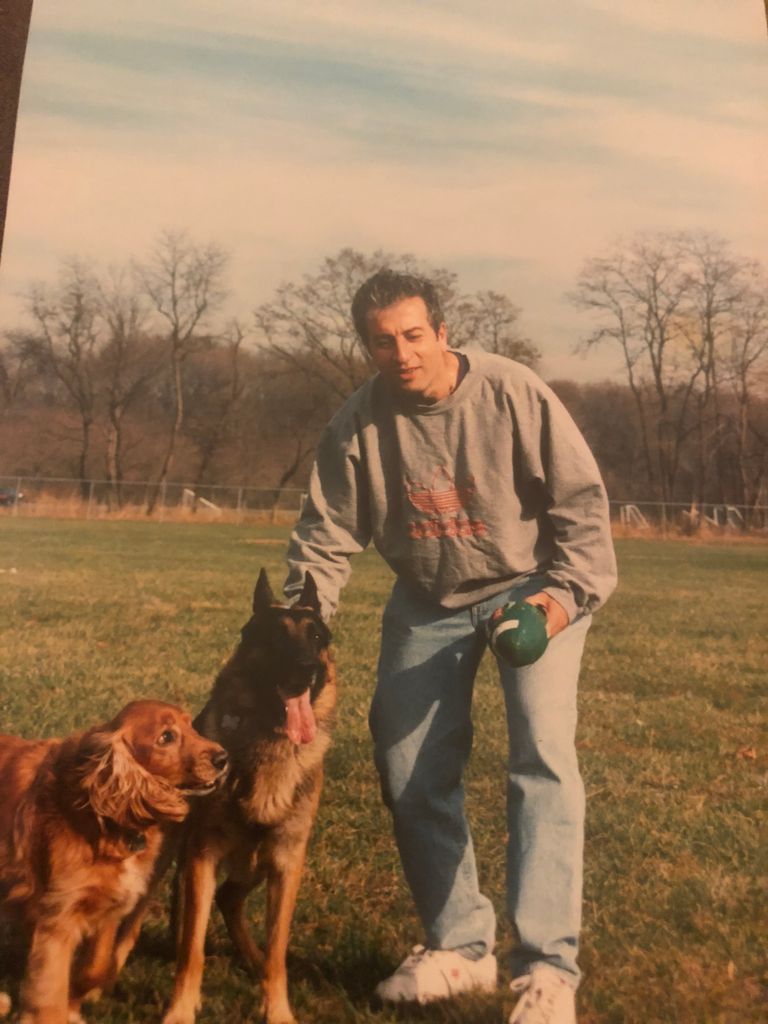
Ray and Whisk
Our work (AI2BIO)*
Our main focus is on application of Artificial Intelligence to human and bacterial genomic systems biology and medicine. But we studied (usually comparatively) many systems in model organisms such as worms (C.elegans), Flies (Drosophila), Yeast, Mouse, and other organisms. Evolution provides many clues and often direct answers. We support in spirit and work all the amazing and selfless work done by the Biomedical Databases Community.
We can think anywhere
Even during a pandemic (sober and inspiring writing from a front line doctor)
We strive to generate computational and biomedical ideas, concepts, techniques, technology platforms, systems, algorithms, software and thought frameworks to transform medicine and improve fundamental understanding of biological systems.
Artificial Intelligence methods drive our computational thinking about biology and biomedical methods.
Sometimes we succeed :)
We are one of the laboratories that contribute to the rich environment in the area of computational and systems biology at Boston University and multiple other institutions in the Boston area such as Joslin Diabetes, Center, MGH, Children’s Hospital (the MIT/Harvard Health Sciences and Technology Division) , the Broad Institute and others.
Before we describe our (2AI2BIO)* Genomic Systems Biology laboratory it is important to recognize the history of this area at Boston University and our small place in it.
You can find a brief description of this legacy here.
Genomic Systems Biology: 1) Can AI Decode and Program Nature? 2) Does AI need to understand Nature to pass the Turing Test?
NETWORK SIGNATURES OF DISEASE
COmputational BRidges to EXperiments COMBREX (figure by Irina Glotova)

